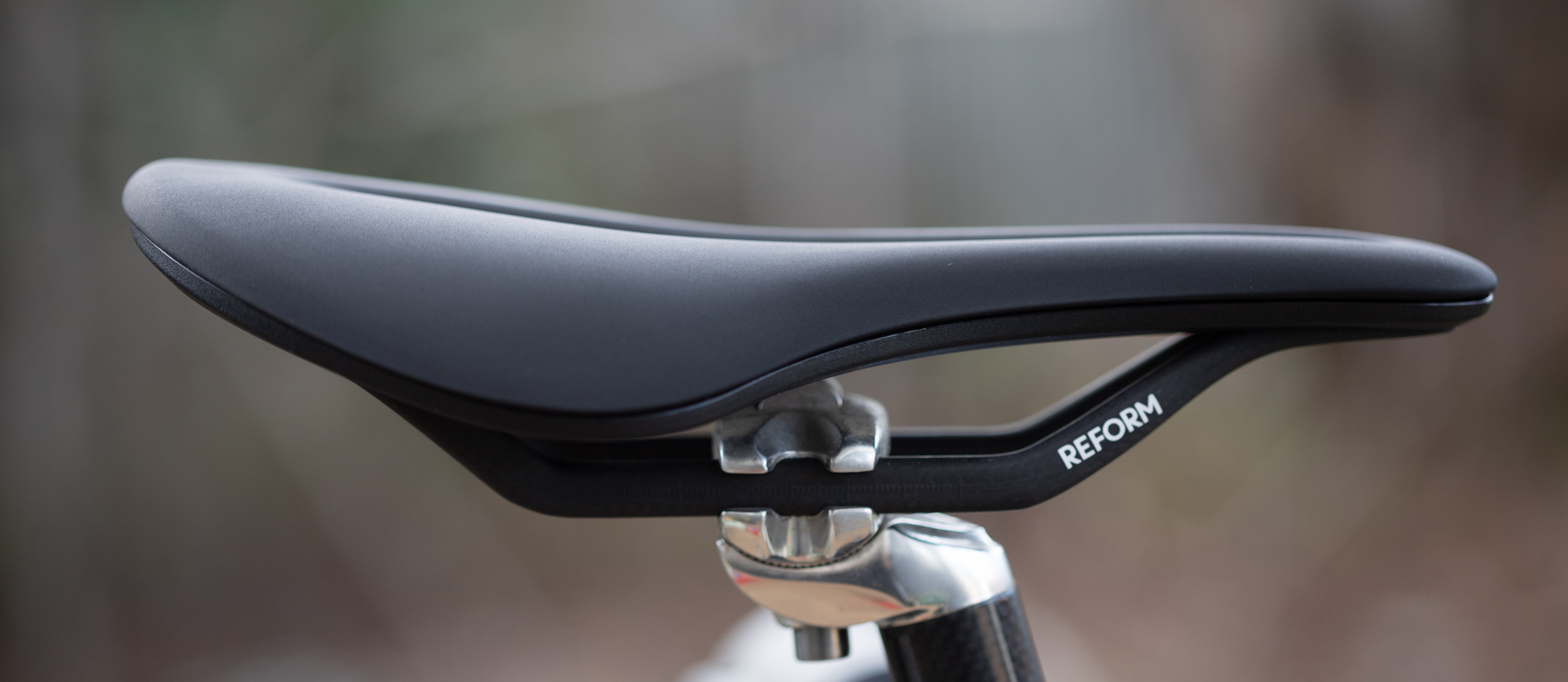Cyclingnews Verdict
The Reform Seymour is a top-of-the-line saddle that matches the competition for weight and price but offers a custom experience. As long as you are able to handle 7x10 saddle rails, there's little downside and the potential for greater comfort than an off-the-shelf design.
Pros
- +
Competitive weight
- +
Competitive price
- +
At home molding technology
- +
Return the plug for further price reduction
- +
Leather saddle customization and carbon saddle performance
Cons
- -
7x10 saddle rails
You can trust Cyclingnews
In the world of bike saddles there's two distinct tribes. One group is all about leather saddles. Mostly that means Brooks but you might hear Sella Anatomica mentioned as well. The point of either is that they wear in instead of wearing out. Give it a bit of time and a leather saddle will form to your body. The drawback is that a leather saddle is heavy and the designs fixed in another time. That's where the kind of high-performance saddles that we include in our list of the best road bike saddles step in.
The other bike saddle tribe is all about the latest technology. Brands use computer modeling and pressure mapping of thousands of riders to create precise padding zones. At the top end, carbon fiber is the material of choice and it allows for the lightest builds with shapes that would have been impossible not long ago. Over the last few years, the technology of pressure mapping and carbon layups has even started to come together and combine with 3D printing. At this point, the cutting edge is using 3D printing to create a level of different pressure zones completely unheard of with traditional manufacturing.
Despite all those advances, the best saddles still aren't truly custom and so, the two tribes continue to exist. There's another option out there though. A Canadian brand called Reform has a high-performance carbon fiber saddle that you custom mold in your home. We put it to the test to see if it might finally be the answer to both sides of the bike saddle divide.
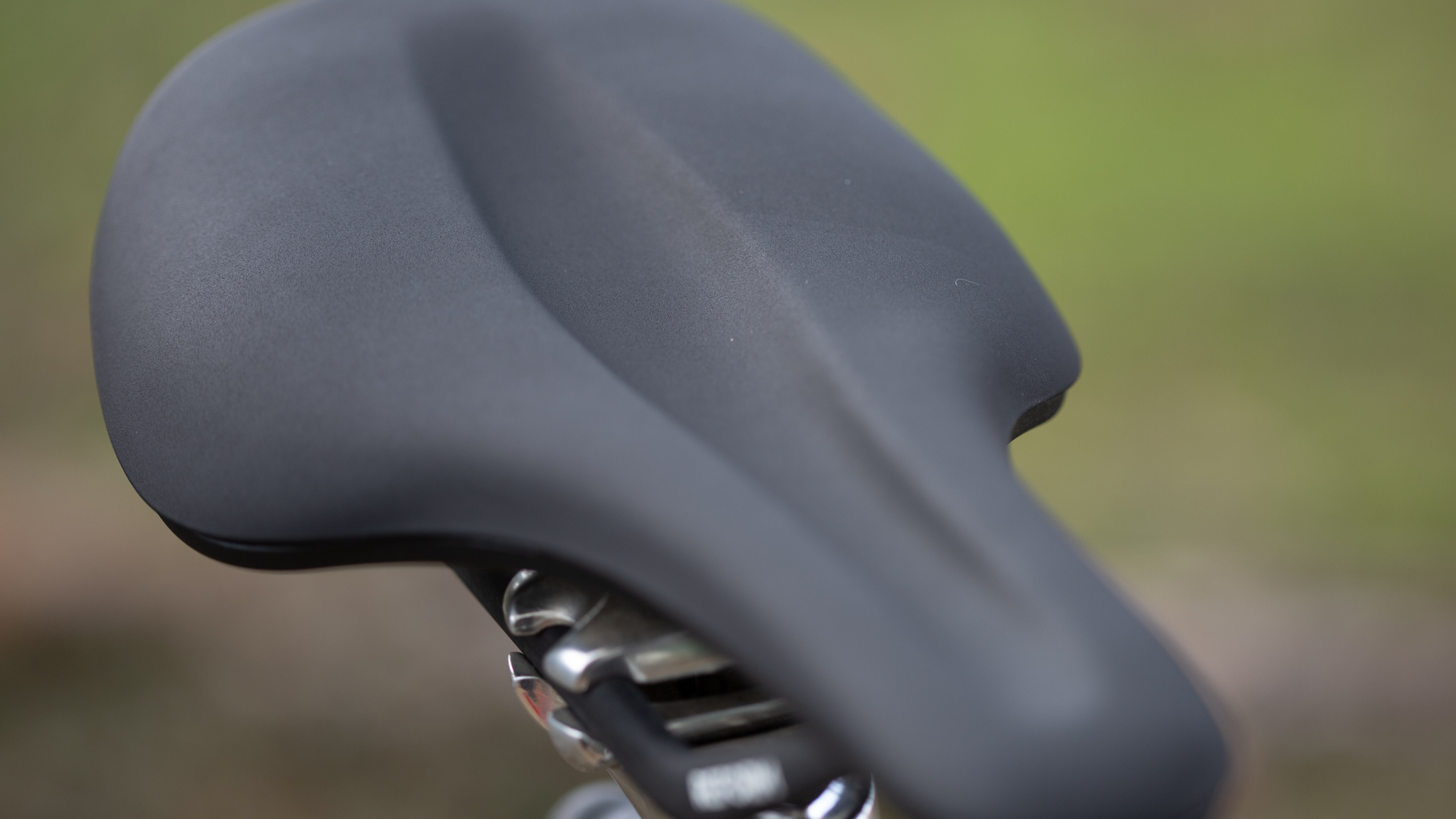
Design and aesthetics
The Reform Seymour comes in a wooden box that slides open. It feels special in a way I don't remember another saddle feeling. Despite that, once you slide it open, it looks pretty pedestrian. The description on the Reform website proudly claims "Black on black with a side of carbon" and that is better than any wordsmithing I can do here. The contrast is particularly stark in comparison to the continued parade of flashy 3D printed options I've been testing recently.
The upper is a simple synthetic without much detail. The design isn't split but there is a prominent depression that offers a similar relief channel without breaking the lower shell. Like many modern road race saddles, the upper stretches across a shortened profile and ends after 252mm. There's no dip in the centre but there is a bit of a curve at the rear. This is obviously a design for "on the rivet" riding.
Flip the saddle over and you'll find things look a bit more exciting. You've got a clear view of how every piece of the upper is being supported with a carbon fibre shell. The weave is likely for aesthetics but you can see how the carbon helps facilitate a light, strong, finished product while managing the complex curves of the design. In particular, the wings have a rather steep curve and reflect an upper that's narrower than the 142mm spec would have you think.
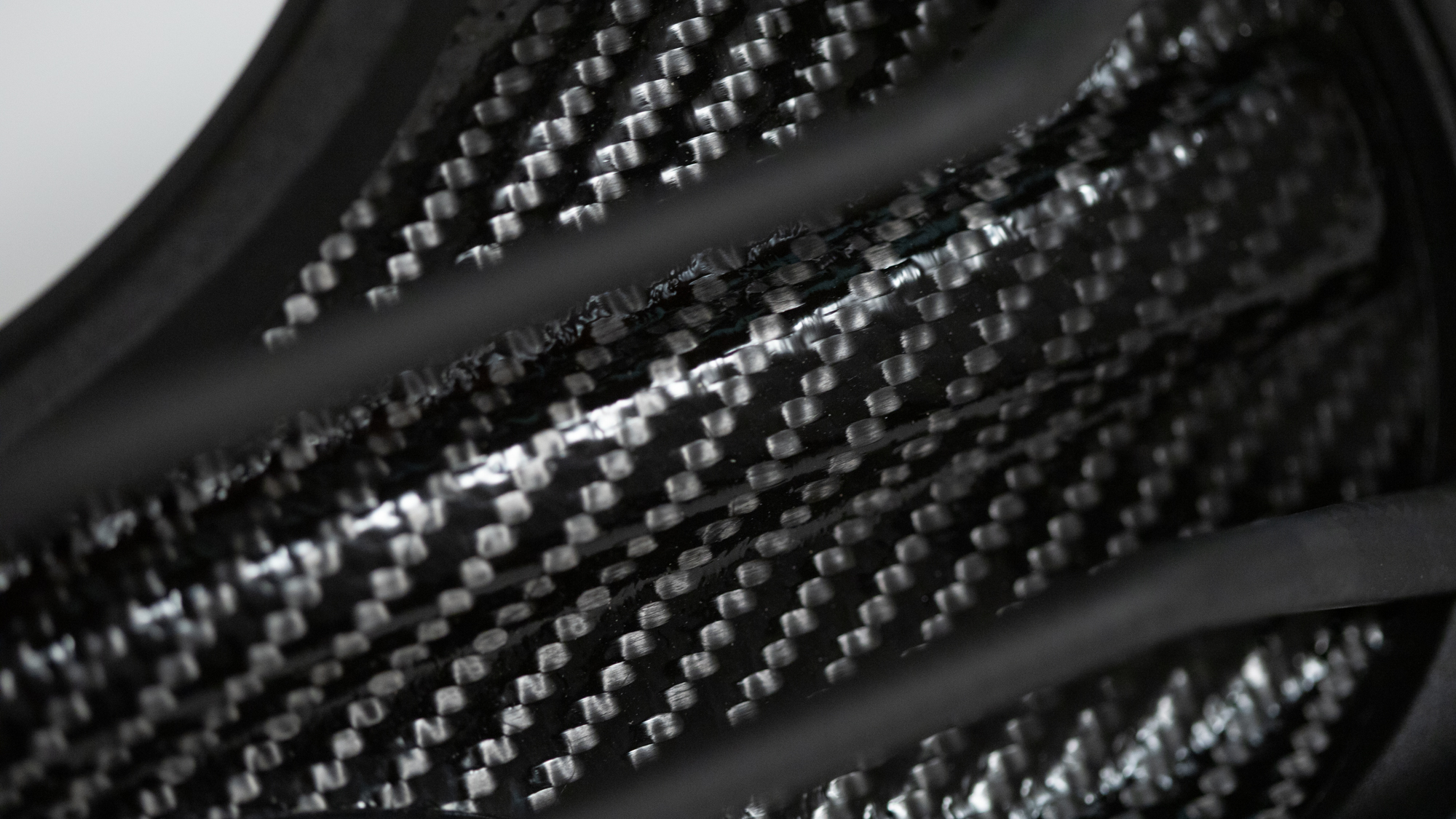
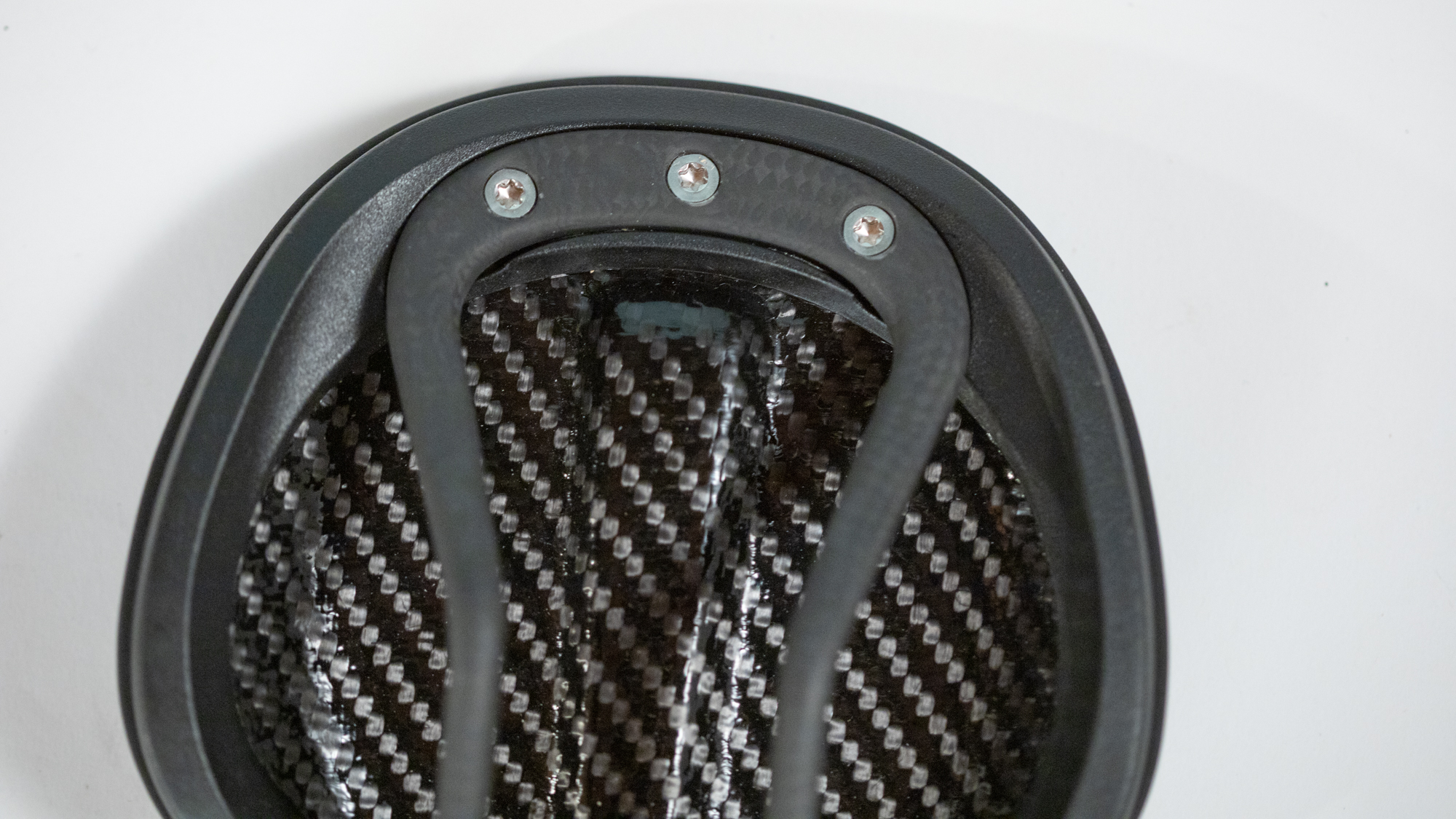
Below the shell, you also get a look at the carbon rails. In my Fizik Vento Argo R1 Adaptive saddle review I called out the brand for using a 7x10 saddle rail and calling it a standard. Perhaps the Reform choice to use 7x10 rails is an indication I was wrong and a standard is brewing? I don't actually think so and even if it is, be aware, 7x10 rails are only currently workable with certain seat posts.
Jump back to the shell and you will find another detail. It's relatively small but it's not something you will find on any other saddle, a power plug. It's small, gold, and magnetic but this is what makes the Reform saddle completely different than anything else on the market. The power port, unique to the Reform Seymour saddle, is what each user will use to create a custom molded saddle in about 10 minutes.
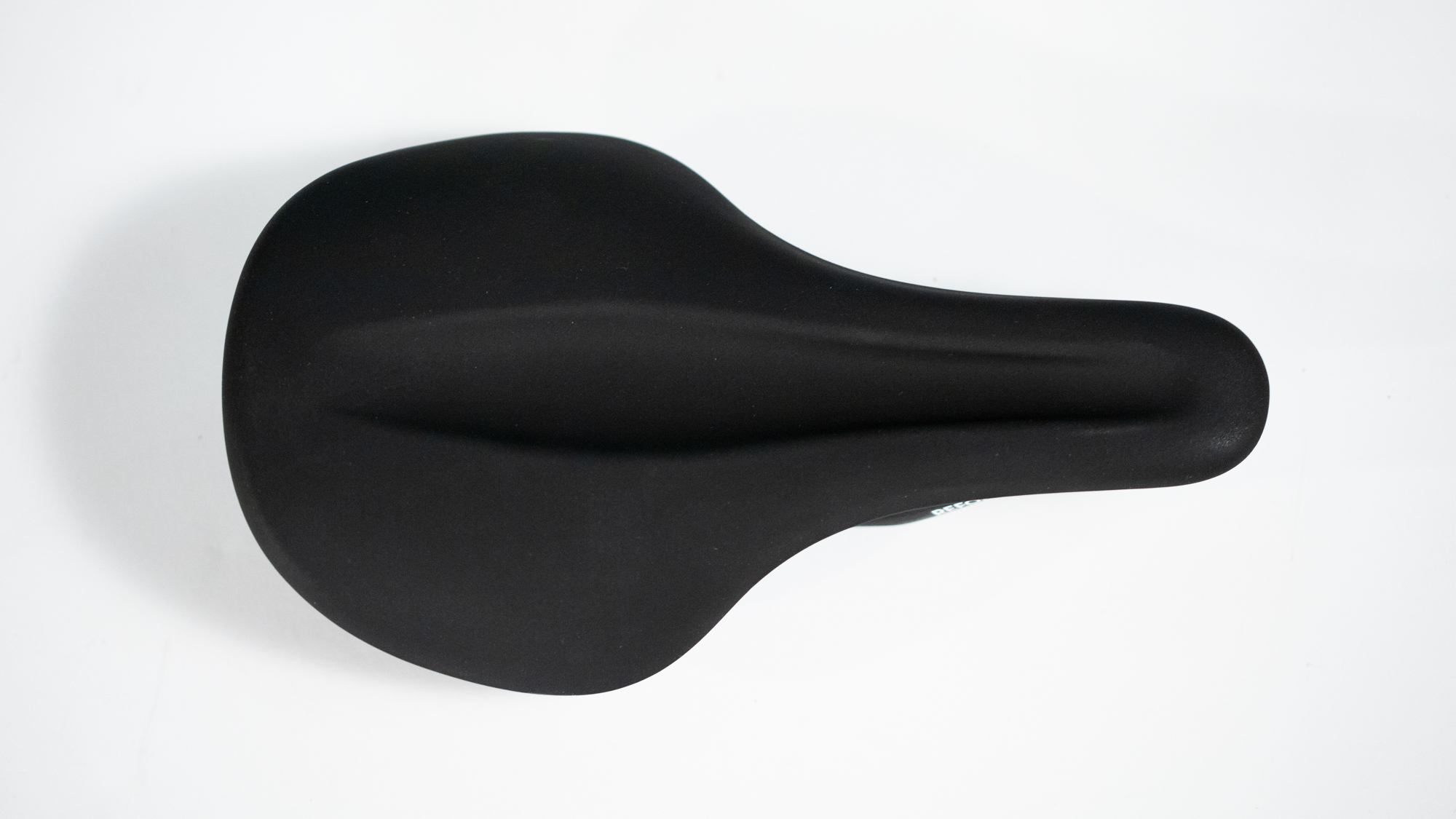
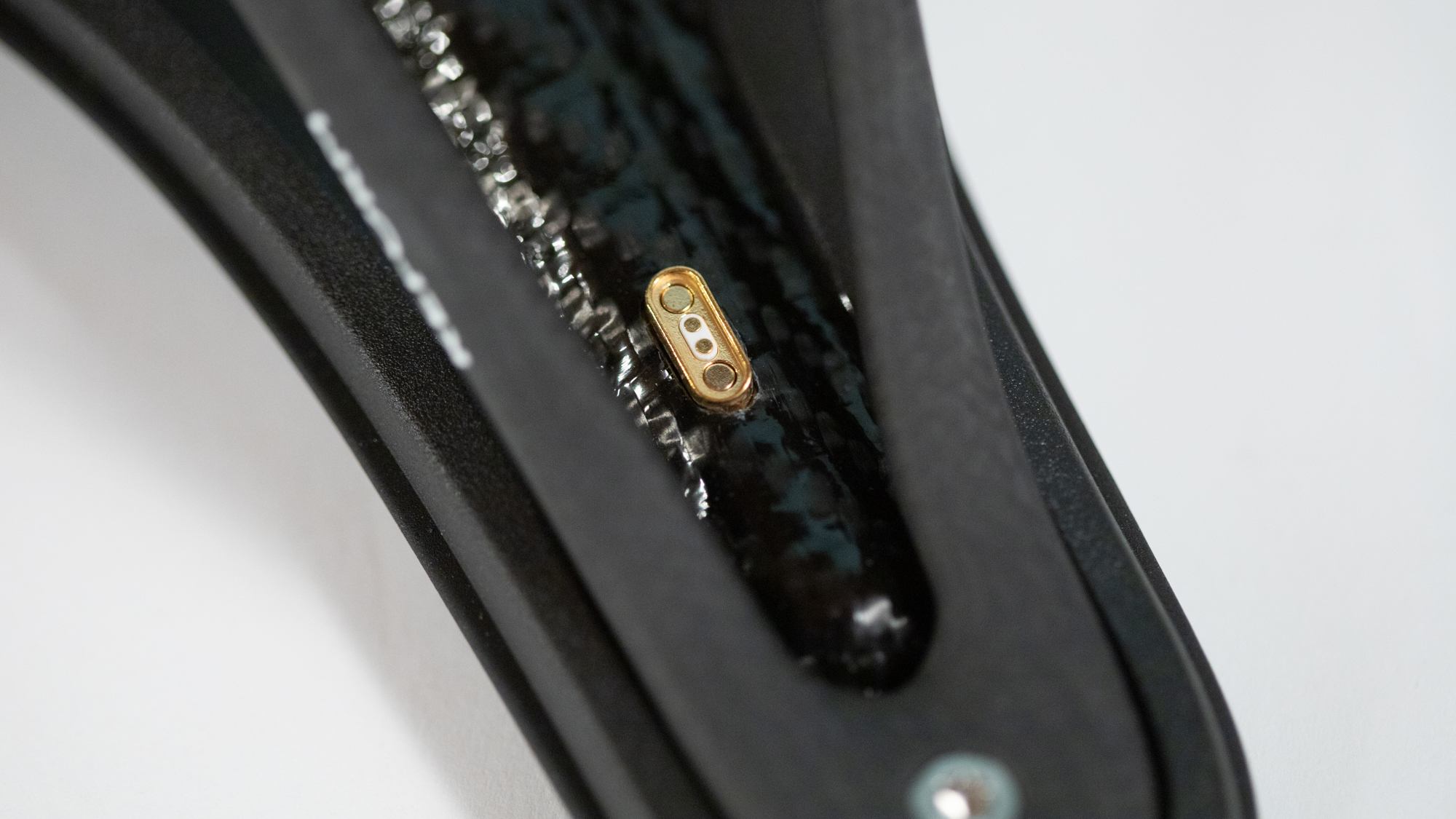
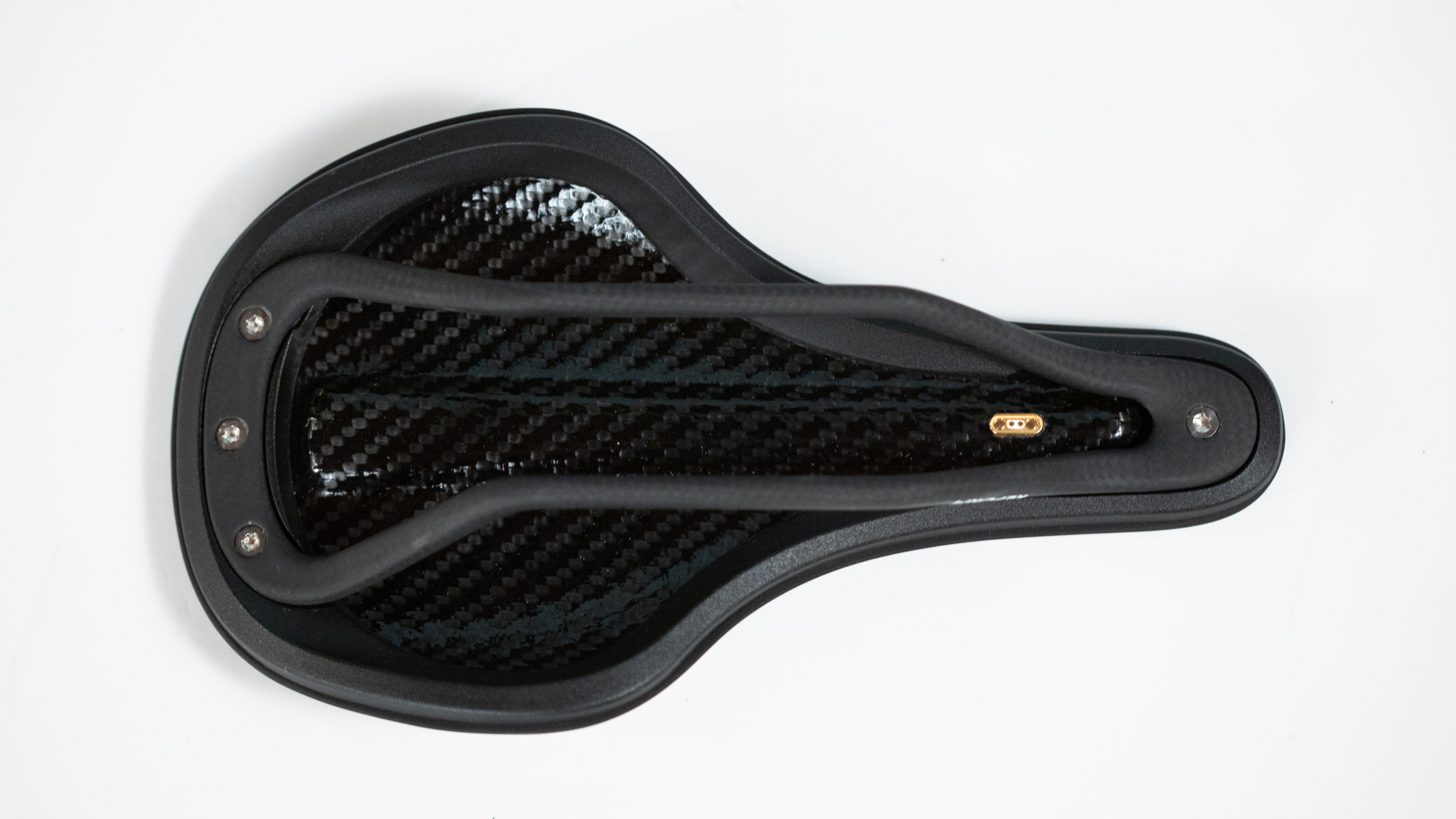
Performance
Along with the actual Reform Seymour saddle, the upscale packaging includes an A/C adapter and a pair of detailed instruction cards. The first step on those cards is to install the saddle in your preferred riding position. I chose to test the saddle on my trainer bike both because that's where the molding process happens and because there's perhaps no more demanding placement for a saddle. That meant that after years of slowly moving my riding position out of sync with my outside setup it was time to re-adjust.
Once I had the setup matched to my favourite position outside, I read and reread the instructions. The process is simple but as with any custom mold process I had to know that I understood what to do. There is a list of forming times based on temperature in the room and there are times for both with and without a chamois. The first thing I wanted to check was which of those was optimal. It sounds like either will work but exposing your sit bones directly to the saddle will help with a distinct impression.
With everything ready to go, I fired up Zwift and grabbed a phone for a timer. I changed into my underwear, a t-shirt, and cycling shoes and set a timer for 3 minutes and 54 seconds according to the temperature scale. As I stepped on to the trainer, I started the timer, turned on the switch, and started pedalling steadily in zone two. You can feel the saddle heat but it's not extreme.
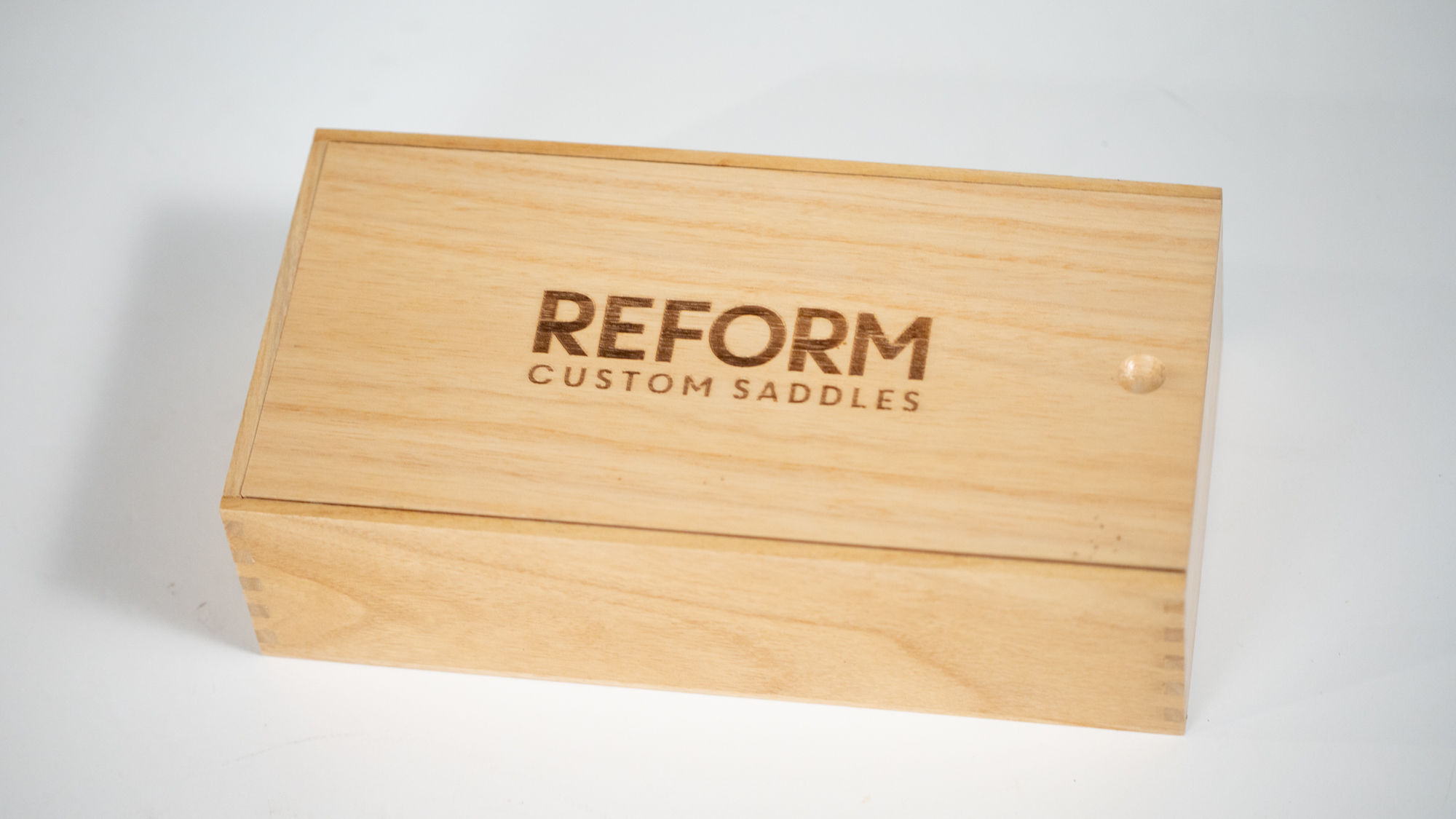
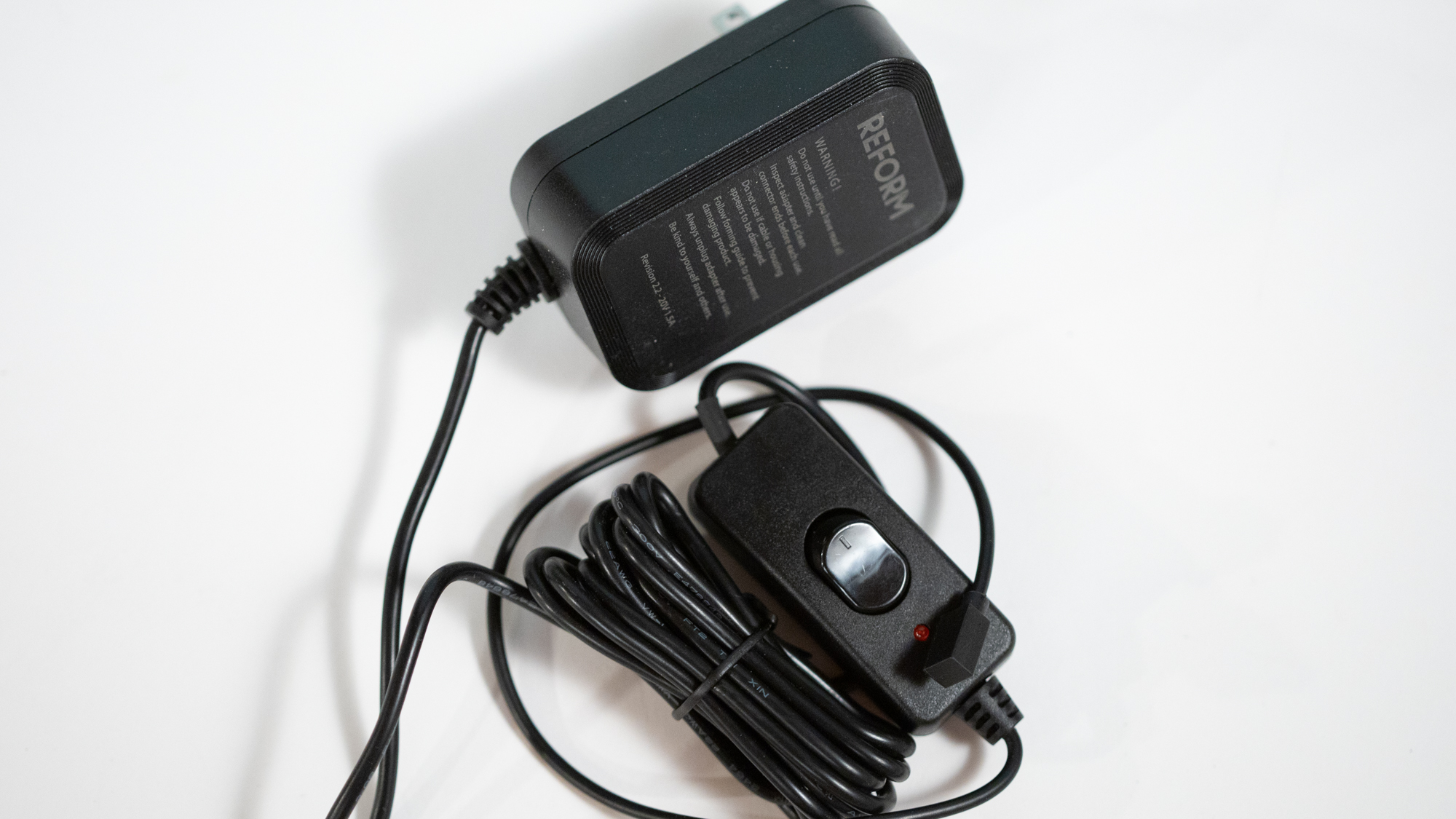
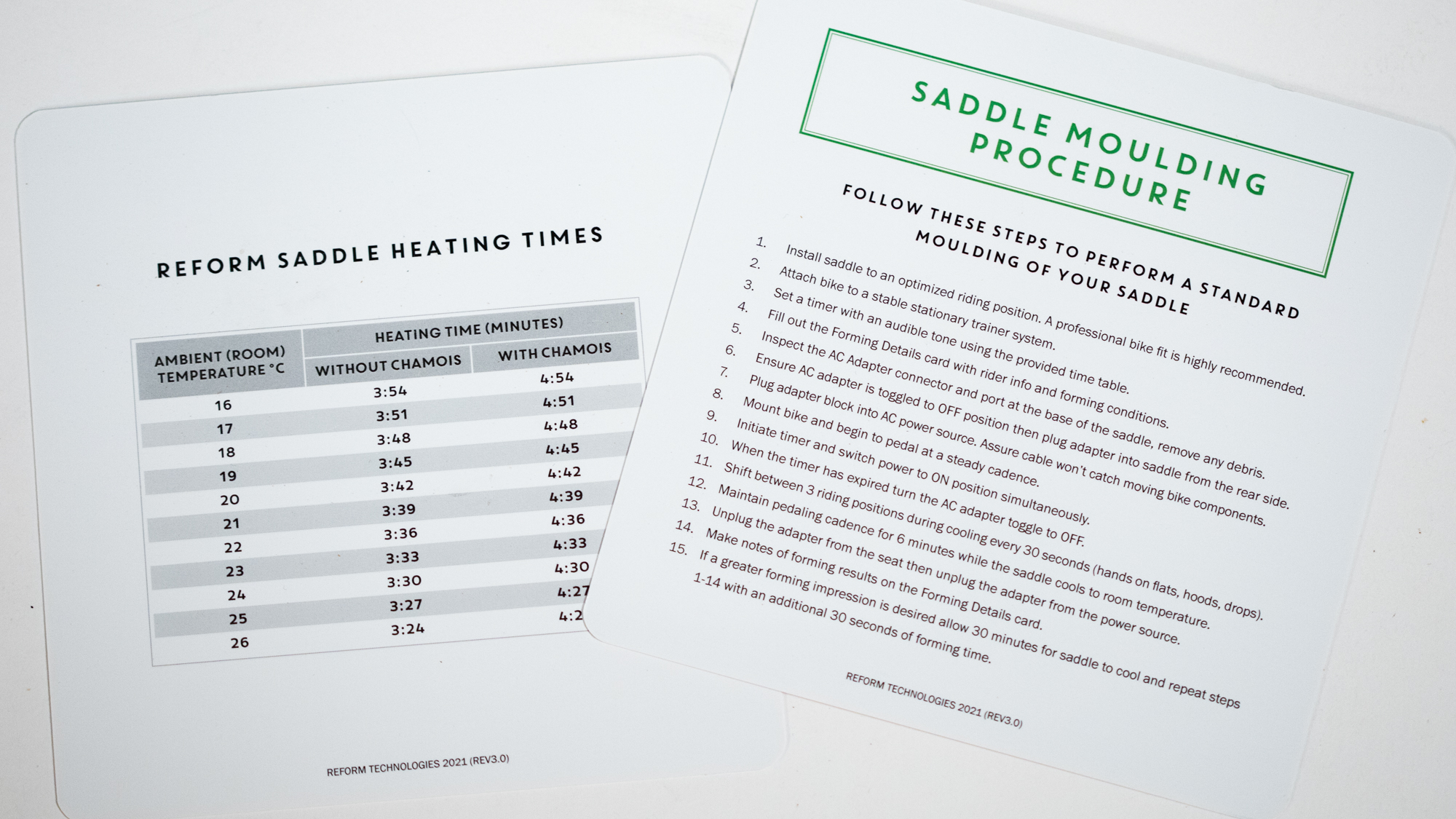
Once the timer goes off, it's time to start another timer for 6-minutes. During this timer the instructions say to change position every 30 seconds and rotate between the flats, the drops, and the hoods. Once that timer sounds, the process is complete and you can unplug the adapter. It is possible to complete the process again if needed, or return the adapter for money back, but I took the time to change into bib shorts and a jersey for another ride.
The changes are almost imperceptible. I can't make out any new details visually but there is a change. If I run my hand along the central spine, on either side of the relief depression, you can feel the change. Small depressions indicate where my sit bones come into contact with the saddle. The left depression is slightly farther forward and deeper than the right but both are distinct.
With the process completed, it was time to see how it felt. I had spent some time on the saddle before forming it to make sure I understood what the before feeling was. It's a firm performance saddle with a shape that is similar to the Bontrager Aeolus Pro it was replacing. If there wasn't anything additional to the review, I would have been happy although at 197 grams the price might have been questionable.
After the molding process what I found was a feeling of extra softness. The padding obviously didn't get any softer but that's how I can describe the feeling. There's less pressure under my sit bones and the effect is a softness that shouldn't exist. It's not dissimilar to a 3D printed saddle and the feeling of softness they provide but this time it's specific to my body.
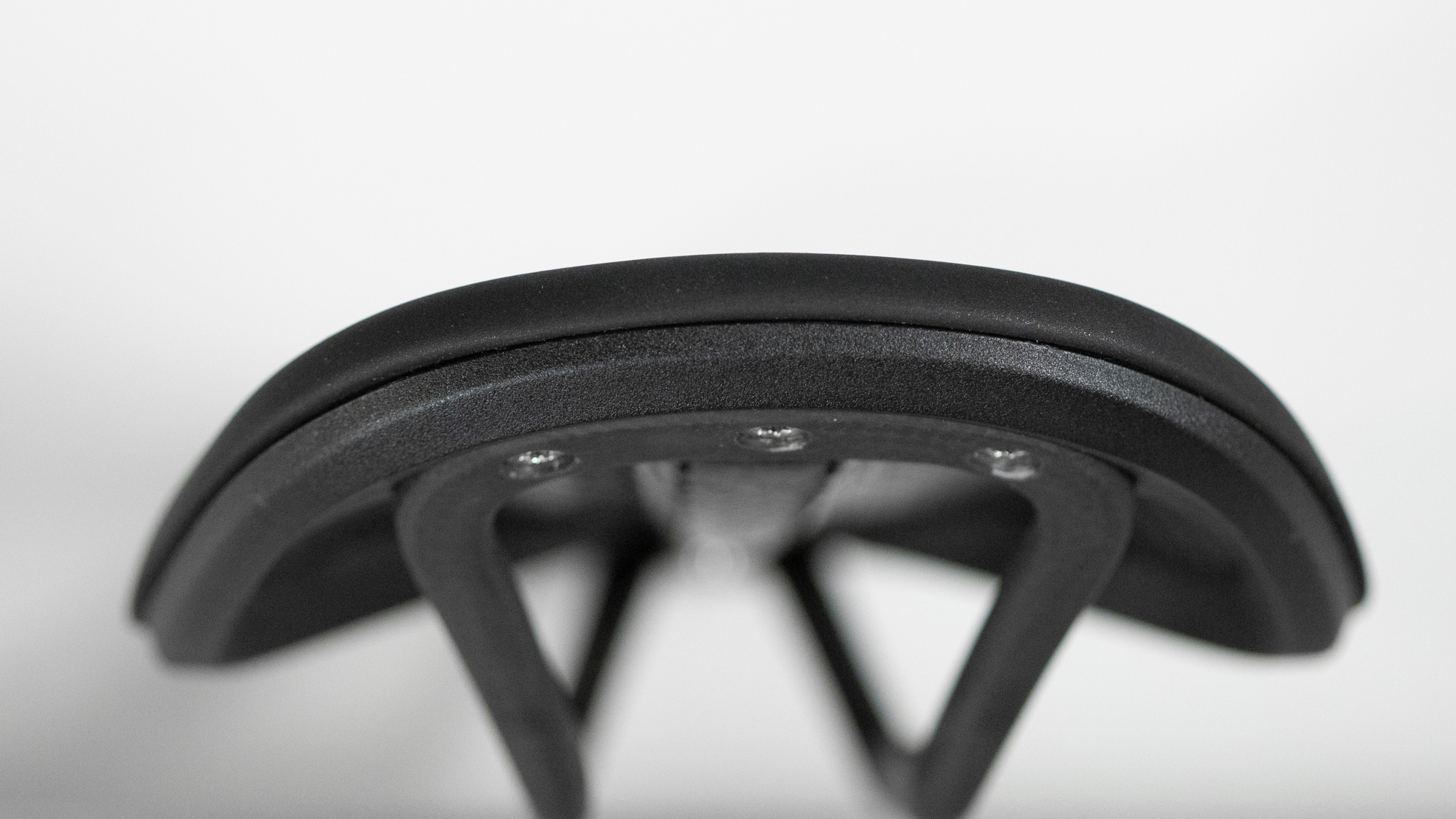
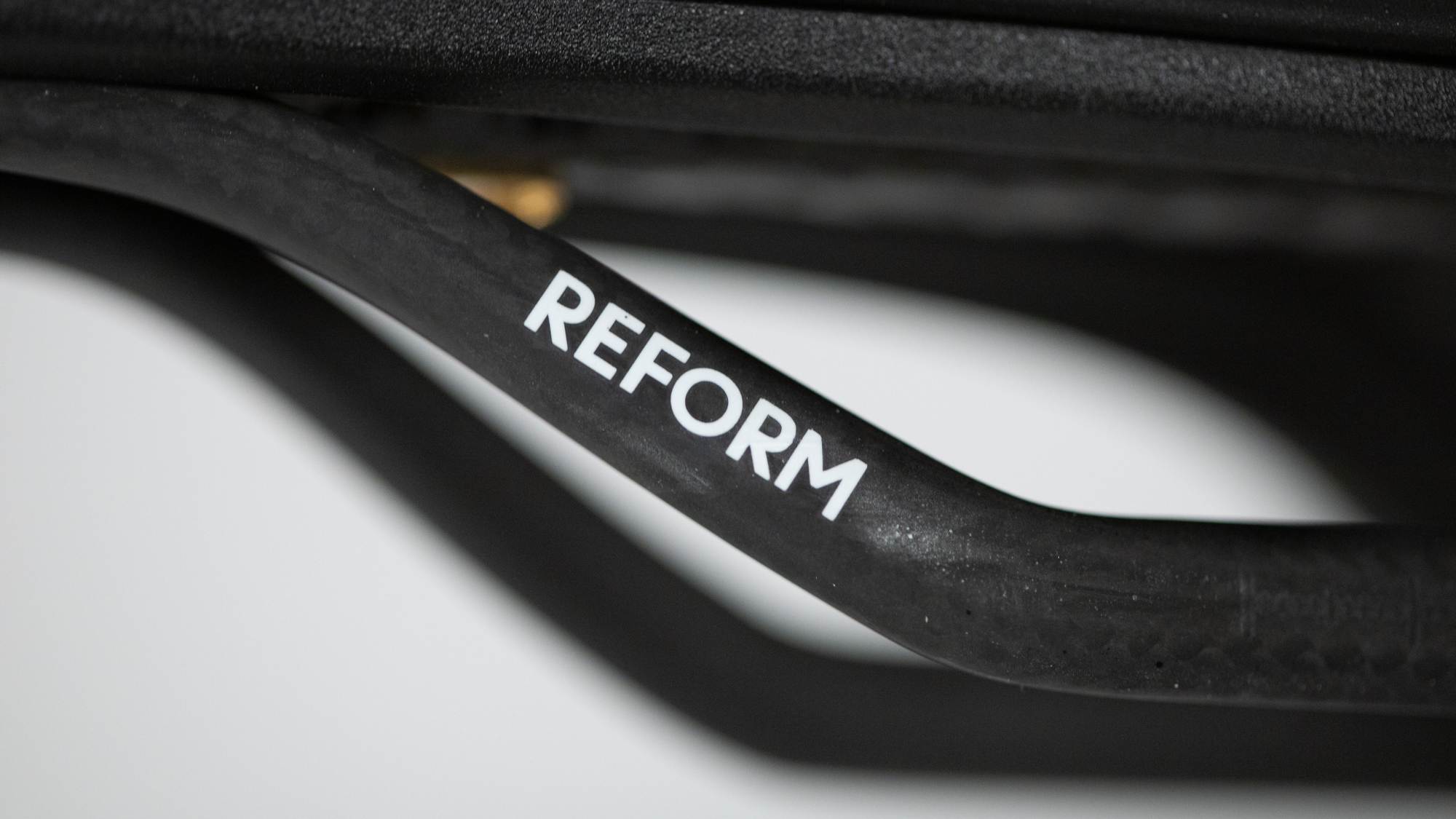
Verdict
I can't tell you that I was having some ongoing issue that a Reform saddle fixed. I tend to do well with almost any saddle and rarely have issues with saddle sores or imbalances that are saddle related. What I can report about the Reform Seymour is that while it was comfortable before the molding process, it feels right after going through it.
It's a bit of a nebulous feeling but it has that feel of a saddle that just works. It's soft where it should be and supportive where it should be. I can feel the indentations that appeared after heating it and the process was simple. I suspect if you have a greater imbalance, or are more sensitive to saddle difference, this would be a bigger deal.
The other takeaway I have is that there's no downside. This certainly isn't an inexpensive choice but it's on par with other top-of-the-line saddles for price and it is weight competitive. It’s also the only option for a custom performance saddle you can mold in your home. Just make sure your seat post will mount 7x10 rails.
| Design and aesthetics | Nothing flashy but it’s easy to clean and looks good. | 9/10 |
| Specification | Not a featherweight but it completes with no one for the features it offers. | 9/10 |
| Comfort | One of the more comfortable saddles I’ve ever ridden. | 10/10 |
| Performance | A shape that works well when you are down low and towards the front of the saddle. The process of custom forming it is simple. | 10/10 |
| Value | For some people this saddle might be priceless. For me it’s only on par with other top-of-the-line options. | 8/10 |
| Overall | Row 5 - Cell 1 | 92% |
Tech Specs: Reform Seymour Custom Moldable Saddle
- Price: £332.00 with A/C Adapter / $399 with A/C adapter (return adapter for money back)
- Length: 252 mm
- Width: 142 mm
- Weight: 192g
- Rail: 7x10 mm
Josh hails from the Pacific Northwest of the United States but would prefer riding through the desert than the rain. He will happily talk for hours about the minutiae of cycling tech but also has an understanding that most people just want things to work. He is a road cyclist at heart and doesn't care much if those roads are paved, dirt, or digital. Although he rarely races, if you ask him to ride from sunrise to sunset the answer will be yes. Height: 5'9" Weight: 140 lb. Rides: Salsa Warbird, Cannondale CAAD9, Enve Melee, Look 795 Blade RS, Priority Continuum Onyx
